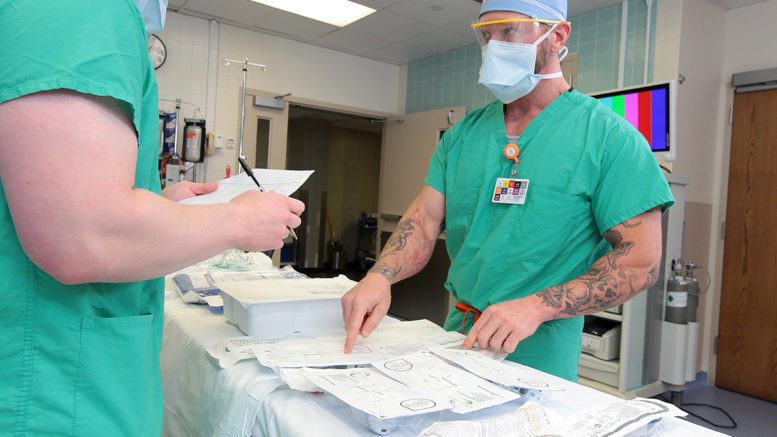Editor’s note: This article comes from the December/January issue of theCommunity College Journal, which is published by the American Association of Community Colleges.
Credentialing programs in the U.S. are many and varied: Degrees, professional certifications, digital badges and licenses to practice all serve as potential pathways to employment for would-be workers.
However, those many approaches can also result in confusion for employers, colleges and students when drilling down into how credentials translate into the knowledge and skill sets needed to fulfill job requirements. A new initiative seeks to eliminate uncertainty in the diverse credentialing marketplace by defining credentials in an easier to understand manner.
Called the Right Signals Initiative, the 18-month pilot e ffort taking root at 20 community colleges nationwide is led by the American Association of Community Colleges (AACC), with support from a $1.8-million Lumina Foundation grant and technical assistance from Corporation for a Skilled Workforce.
A broader effort
As part of Lumina Foundation’s larger Connecting Credentials e ffort, Right Signals is testing the beta Credentials Framework, created through Lumina funding in 2015. The Framework is an analytic tool designed to help users understand what credential recipients should know and be able to do. It is organized around two learning domains (knowledge and skills) and eight levels, reflecting increasing complexity from level to level, and serves as a guide for the student-centered credentialing initiative focused on common language, portability and quality credentials.
“We’re trying to find the underlying commonalities among things like college credentials and vendor certifications,” says Kent Phillippe, associate vice president of research and student success at AACC. “It’s about finding finer gradations of detail on what abilities someone can demonstrate, so not every college is applying the Right Signals the same way.”
Showing promise
Launched in April 2016, partners say Right Signals is showing promising returns. Leveraging the collective knowledge of member colleges and various stakeholders and using well-researched tools for discussion on competencies and credential clarity, educators are implementing the initiative to illuminate the specifics of key credentials like degrees, certificates and badges and how they relate to each other.
“A student may come in with prior learning experiences, and those can be mapped out using the framework. Others may start fresh in current programs mapped against industry-driven criteria using the framework’s lens,” Phillippe says.
Jennifer Worth, AACC’s senior vice president of workforce and economic development, says the work gives member schools an improved opportunity to positively impact the talent pool produced by their campuses.
“By better signaling the competencies that underpin the items which colleges impart, our members can have more e ffective engagement and clarity with industry partners, students and their college partners,” she says.
Ohio’s Columbus State Community College (CSCC), which o ffers nearly 200 degree and certificate programs, is using the program in its health and human services department, with positive results thus far.
Read the full article. (Employees of AACC-member colleges can access the CC Journal online for free. Here’s how.)

